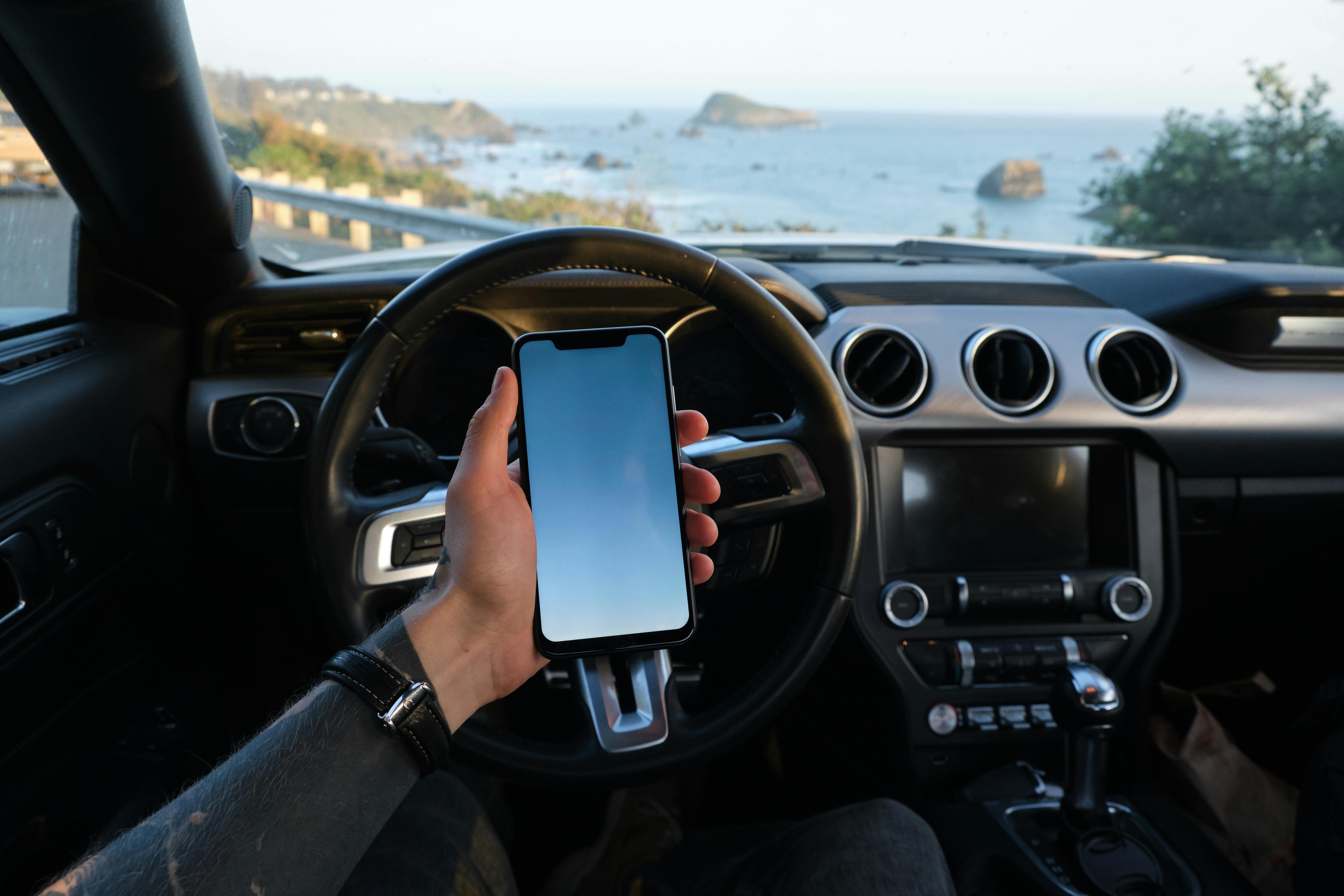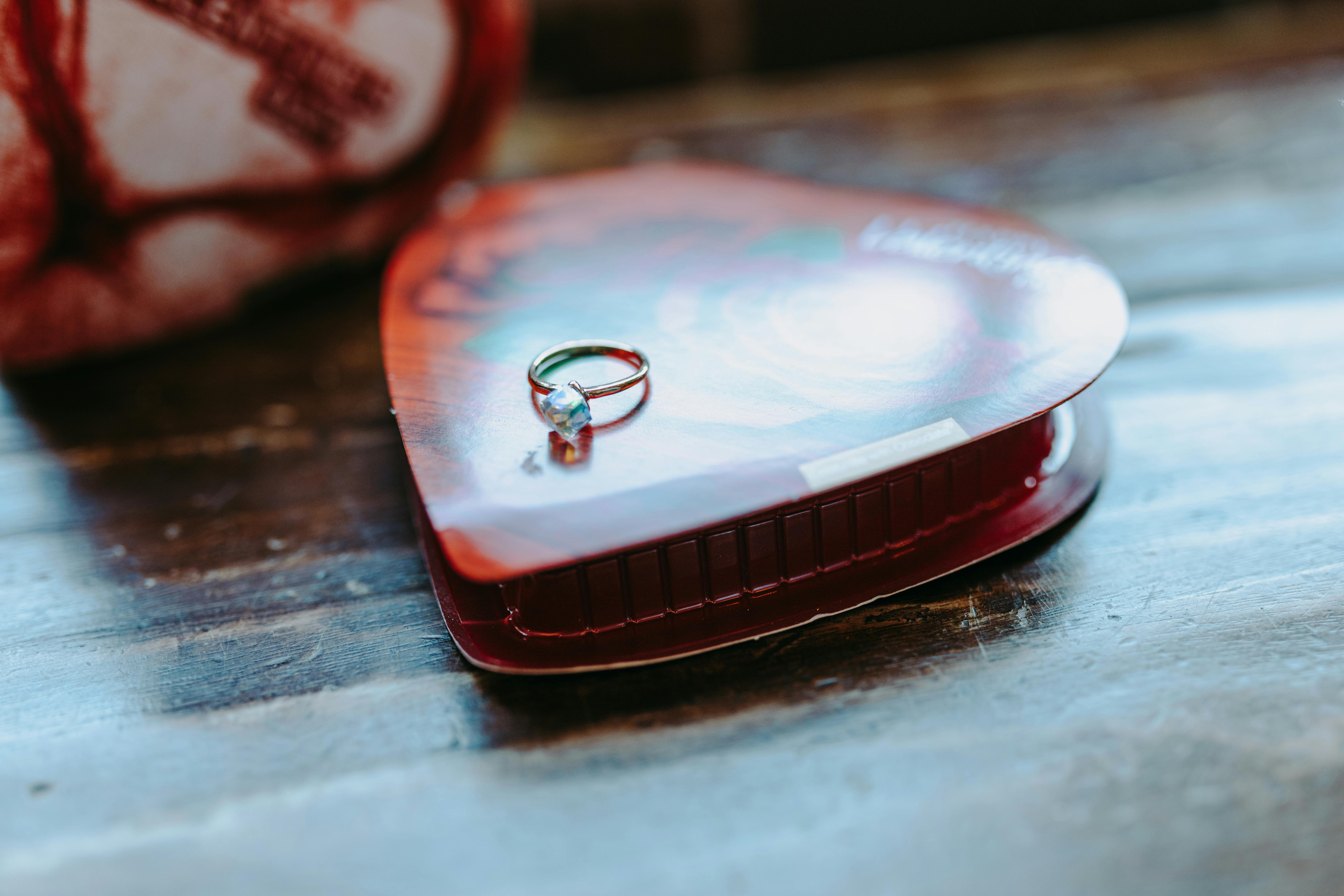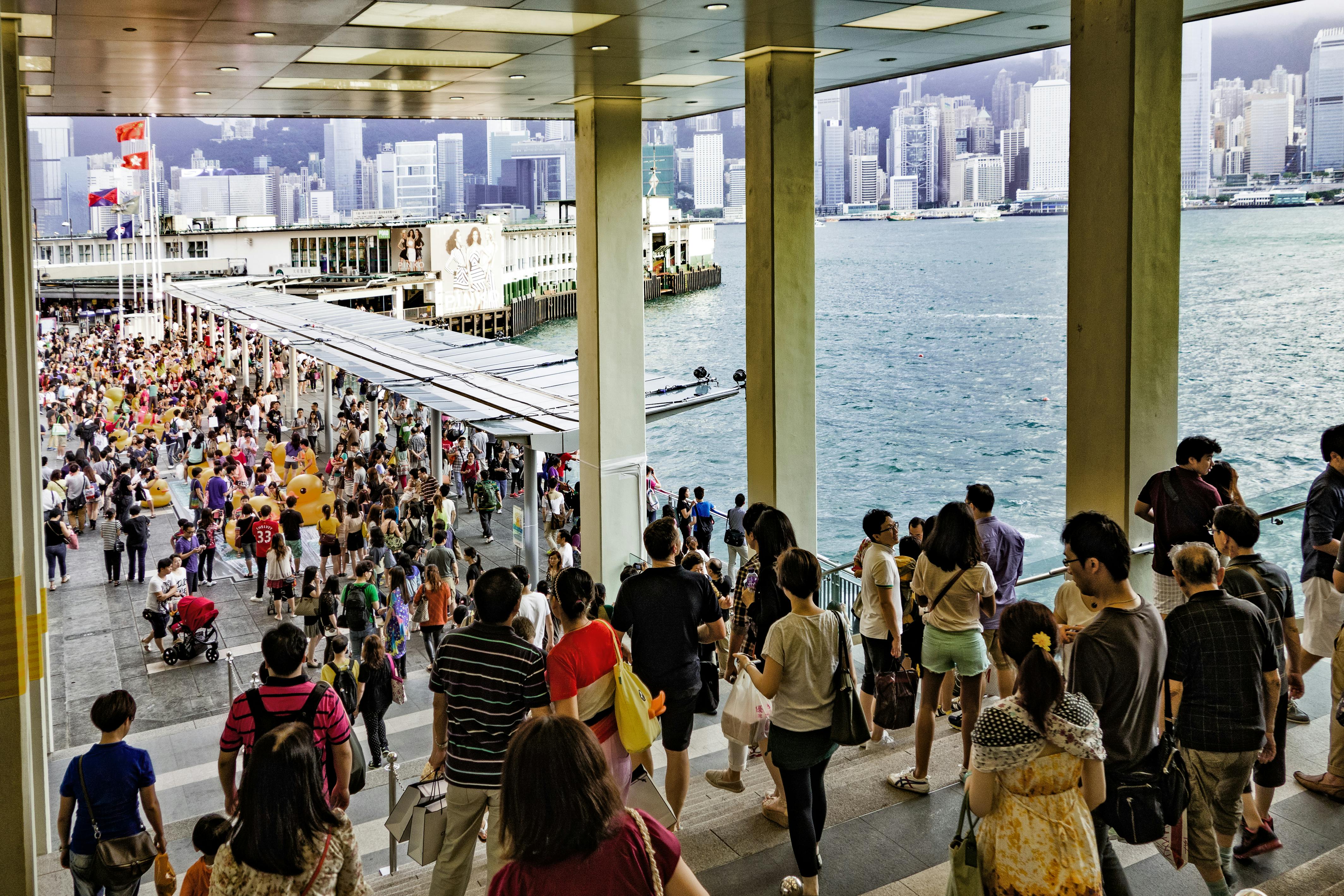
Disaster Preparedness – Earthquakes
admin
- 0
In the event of an earthquake, there is no better way to prevent injury and death than to prepare your home and know what damage earthquakes cause and how. Every year thousands of people die as a direct result of earthquakes, but not necessarily from the movement of the ground beneath them. In fact, these types of deaths are quite rare.
It is more common to die from lack of preparation: people do not know the safest place to be during an earthquake, the community is not prepared, buildings are not safe, or there is no good food or water to support communities afterward. The earthquake cuts off the electricity and makes it unsafe to go outside to look for food.
Knowing all the facts about earthquakes and all the recommendations from experts will not only help save lives; it can protect homes and businesses, cause fewer injuries, and decrease the number of people the government and emergency responders will have to save.
First of all, people need to understand that earthquakes happen with little or no warning. Seismic activity is difficult to detect until it is actually on the surface, causing damage. Often people do not receive any warning except the standard statement to prepare for an earthquake, especially if people live near a fault line or in an area with a lot of seismic activity.
States like California, Alaska, and Hawaii are, of course, notorious for their earthquakes. But lesser-known states like Nevada, Washington, and even Utah and Oregon made the list of the ten most seismically active states. Basically, those who live in the western US are more likely to be affected by seismic activity than those who live further east. (Though there are some exceptions, check USGS.gov for seismic activity for each state.)
And since an earthquake can and will happen anywhere and at any time (there is no such thing as an earthquake season), people need to prepare as soon as possible.
As stated above, the first thing people need to do is prepare themselves and their homes. First, check for hazards in the house. These may include light fixtures not attached to the ceiling and walls, cracks in the foundation or ceiling, large, heavy, or breakable items on high, uncovered shelves, or pictures and mirrors near furniture, among others.
Be sure to fix these things before an earthquake strikes, or serious damage and even injury could result.
Next, identify safe places around the home and develop a plan for everyone in the household. The safest place to be is indoors, under sturdy furniture (such as a table or desk) or against an interior wall, and away from glass. People who are outdoors when an earthquake occurs should make every effort to get away from buildings and into an open area.
Once there, they must remain there until officials have told them it is safe to move. The whole family should understand what to do once they have found their safe places to wait out the earthquake. Just like in a fire, where the lifesaving mantra is “Stop, Drop and Roll”, for an earthquake it is: “Drop, Cover and Hold On”.
Families being separated during an earthquake is a very real possibility, with parents at work and children at school and at friends’ houses. That’s why everyone in the household should be aware of a neighborhood gathering place where everyone will gather after the earthquake.
It’s also a good idea to establish an out-of-state contact for the family to communicate with, as those nearby may not have any working communication devices. Finally, just as schools practice earthquake drills to prepare their students for disaster, families should do them every six months or so, just to keep everyone’s memory fresh.
Once a plan has been established, it is important to have an emergency supply kit. This is crucial in any emergency, but in an earthquake, where roads and communications can be destroyed for several weeks, it is vital that people are self-sufficient.
It may not even be safe to go outside because of dangerous power lines, gas pipes, and other services.
Every emergency kit should have a first aid kit [http://www.thereadystore.com/emergency-first-aid]complete with medication (both prescription and over-the-counter for pain and wound cleansing), bandages, and other essentials.
These essentials include things like scissors, thermometers, splint materials, and many others. A standard first aid kit should have all of these things, so people don’t have to worry about where to find and store them.
Authorities also recommend that people have a survival kit for their home and car. These kits would include things like tools and supplies, sleeping materials, alternative shelter, and light and communication.
The car kit includes these things, the most important car supplies such as jumper cables, tow ropes, a map and a compass among others. Basically, it is important to plan for any possibility as earthquakes are unpredictable and sometimes cause damage that no one could have foreseen.
In the event of getting trapped, it is also crucial to have some food stored, as well as some water. If the earthquake is big enough, FEMA and other emergency organizations will not be able to release all the survivors in a few days.
People may have to become more self-sufficient if they want to survive an earthquake. Experts recommend stocking up at least two weeks’ worth of non-perishable food and water if you want to be prepared for any potential emergency.
Once someone is prepared for an earthquake, the actual event is much less frightening than it could be. When inside, people should remember to drop, cover, and hold on to any safe, sturdy objects. Stay away from glass, windows, elevators, and light fixtures.
Do not attempt to go outdoors until long after the shaking has stopped, as most earthquake-related deaths result from falling debris from buildings. When outdoors, move away from buildings as soon as possible, as well as any power lines, streetlights, or other landmarks that could cause damage. Stay outdoors and do not attempt to enter a building until authorities say it is safe.
If someone is in a car when the earthquake occurs, they should stop as soon as safety allows and stay there. Leaving the vehicle will only result in further injury. Do not stop under or near buildings, overpasses, or things like trees or power lines. And finally, if someone is trapped under the rubble, they must remain calm. Blow a whistle if possible, but do not strike a match to attract rescuers’ attention.
That can result in a fire if dangerous chemicals are spilled; and if there is so much debris, there is a good chance that there is. The trapped person should cover their mouth and nose with a piece of cloth to limit the amount of dust they inhale, and should touch a pipe or wall so rescuers can find them.
After the shaking stops, first check yourself and those around you for injuries. If someone is seriously injured, do not move them unless you are in danger of further injury. Provide first aid whenever possible. Then check the house or other buildings for damage. Put out the fires and turn off the gas if something smells strange or if you hear hissing.
Finally, everyone should wait for aftershocks (every time there is one, be sure to repeat the same drill: Drop, Cover, and Hold On) and constantly listen to the radio or some other form of emergency broadcast so you know when the quake will strike. is officially over and when it is safe to go back inside.

